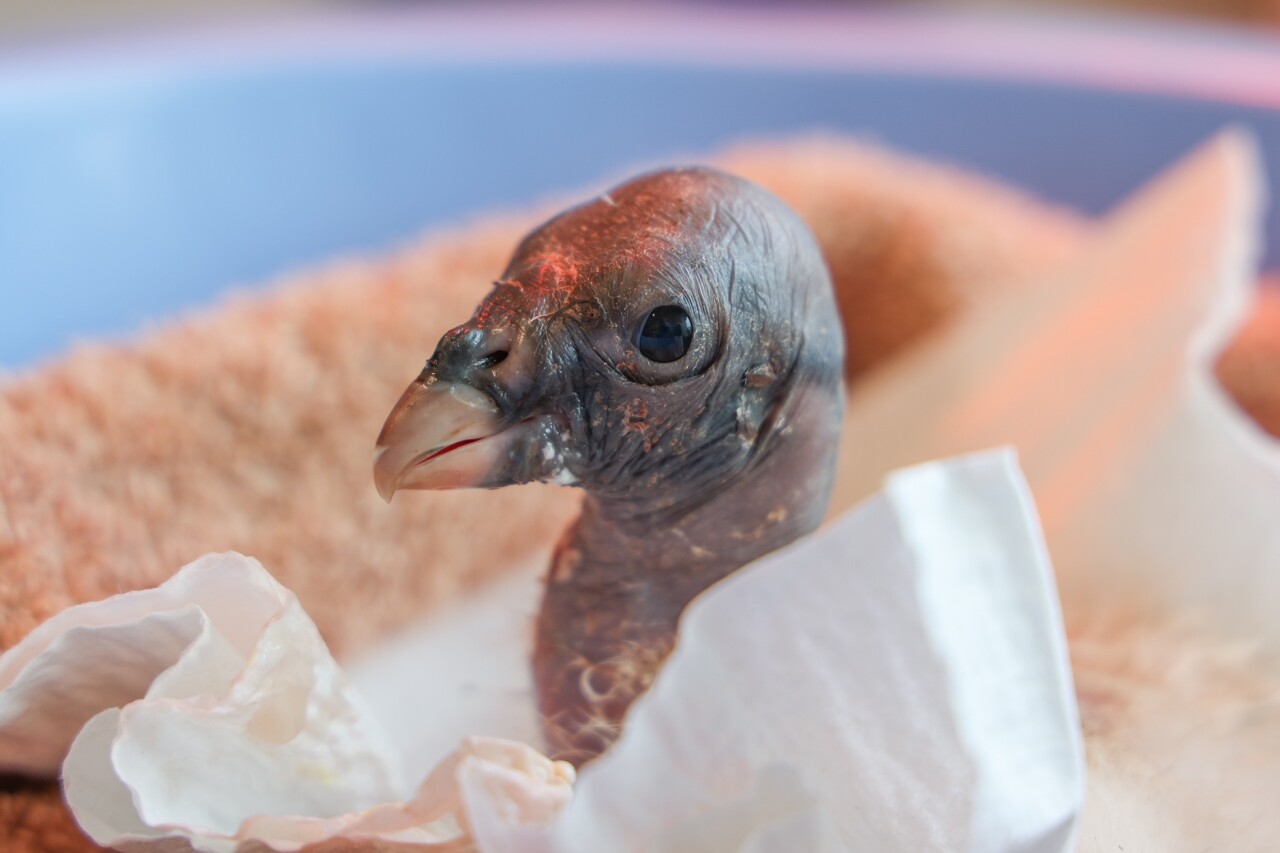NASHVILLE, Tenn. (WTVF) — Nashville Zoo at Grassmere has announced the births of two new baby animals, one of which is the first of its kind to be born in the United States. Both can be seen in neonatal care rooms at the Zoo's Veterinary Center.
On April 29, the U.S.'s very first spotted fanaloka was born, according to the Associations of Zoos and Aquariums (AZA) database. The male pup is currently being hand-reared by the Zoo's veterinary staff, who are happy to report that he is alert and healthy.

He was born to a pair of fanaloka that recently arrived at the Zoo but have been out of public view. The fanaloka family are the only known members of their species living in any AZA facility in the U.S.
Nashville Zoo is working to breed and conserve them, while hoping to bring attention to fanaloka as a lesser-known species classified as vulnerable.

Fanaloka are nocturnal predators native to Madagascar in lowland and rainforest areas. Habitat destruction is threatening their numbers, according to the International Union for the Conservation of Nature. Their diets include small mammals, reptiles, aquatic animals, bird eggs and insects.
On May 7, the Nashville Zoo also celebrated its first king vulture hatching.

The chick is being hand-reared and was born to a pair of vultures named Bonito and Guapo that live behind the scenes.
The Zoo has plans for the chick to become an ambassador animal once it is fully grown, which means it will be used to educate the public about its species.

King vultures are native to forests and tropical lowlands in southern Mexico through southern Argentina. They are the second largest of the New World vulture species, behind condors.
Their populations are also declining due to habitat loss, but they are currently listed as least concern to extinction by the International Union for the Conservation of Nature.


